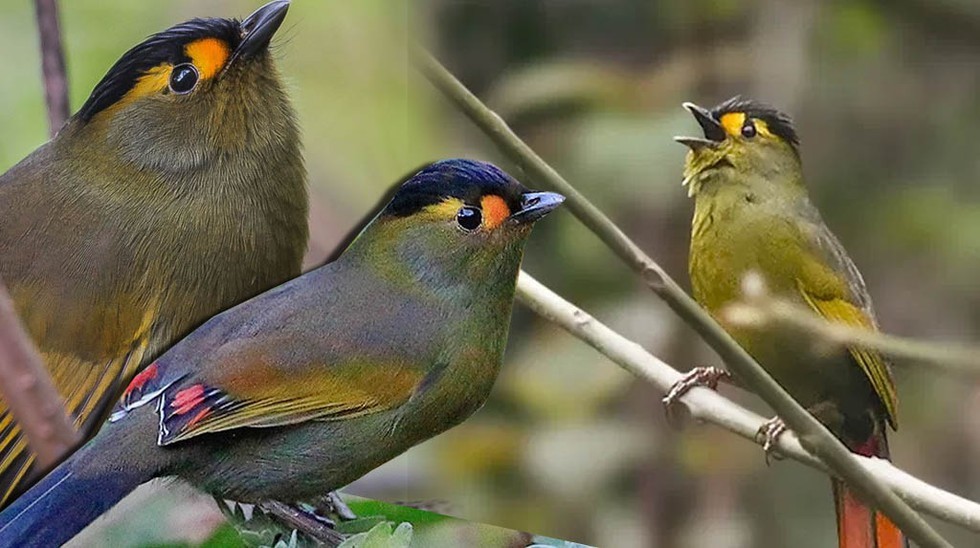
Singchung Bugun Village Community Reserve

29.01.2024
Singchung Bugun Village Community Reserve , Daily Current Affairs , RACE IAS : Best IAS Coaching in Lucknow
|
For Prelims: About Singchung Bugun Village Community Reserve,What is a Community Reserve? |
Why in the news?
Arunachal Pradesh, at the recently held Republic Day parade, showcased its Singchung Bugun Village Community Reserve, a 17-square-kilometre biodiversity hotspot.
About Singchung Bugun Village Community Reserve:
- It is a 17-square-kilometre biodiversity hotspot located in Arunachal Pradesh, around 40 km from the famous Eagle nest Wildlife Sanctuary.
- The reserve was created in 2017 to protect biodiversity in the region.
- It is home to critically endangered species such as the passerine bird Bugun Liocichla (Liocichla Bugun Forum), which is named after the Buguns community.
- It was one of the first bird species to be discovered in India since the country’s independence in 1947, and it lives only on the Buguns’ community lands.
- The Buguns are an indigenous community with a population of about 2,000 people, spread across 12 villages that are dotted outside the forests of Eagle nest Wildlife Sanctuary.
- It is also home to endangered species such as the red panda (ailurusfulgens) and many other varieties of flora and fauna.
What is a Community Reserve?
- Conservation reserves and community reserves in India are terms denoting protected areas of India which typically act as buffer zones, connectors, and migration corridors between established national parks, wildlife sanctuaries and reserved and protected forests in India.
- Such areas are designated as conservation reserves if they are uninhabited and completely owned by the Government of India but used for subsistence by communities, and community reserves if part of the land is privately owned.
- These protected area categories were first introduced in the Wildlife (Protection) Amendment Act of 2002, an amendment to the Wildlife Protection Act (WLPA) of 1972.
- These categories were added because of reduced protection in and around existing or proposed protected areas due to private ownership of land, and land use.
- The provisions of the WLPA apply to an area once it has been declared a community reserve.
Source: The Print